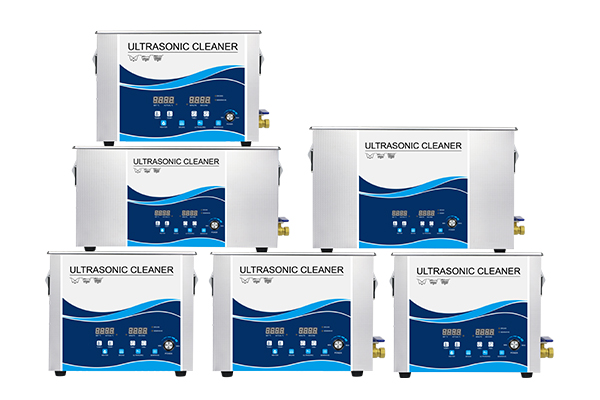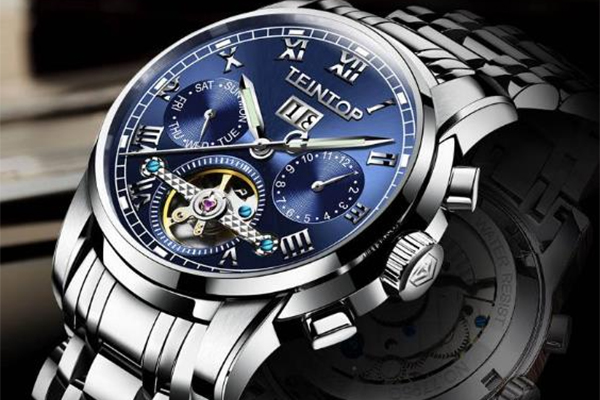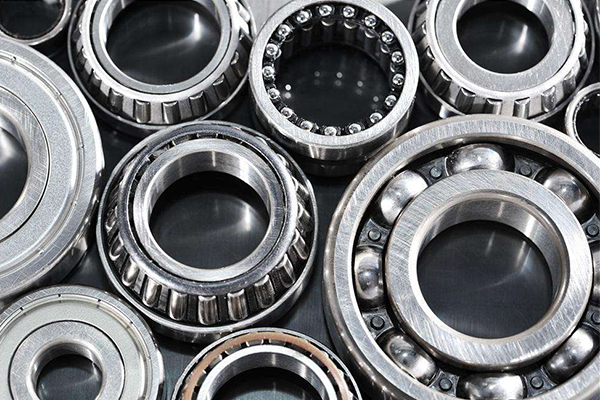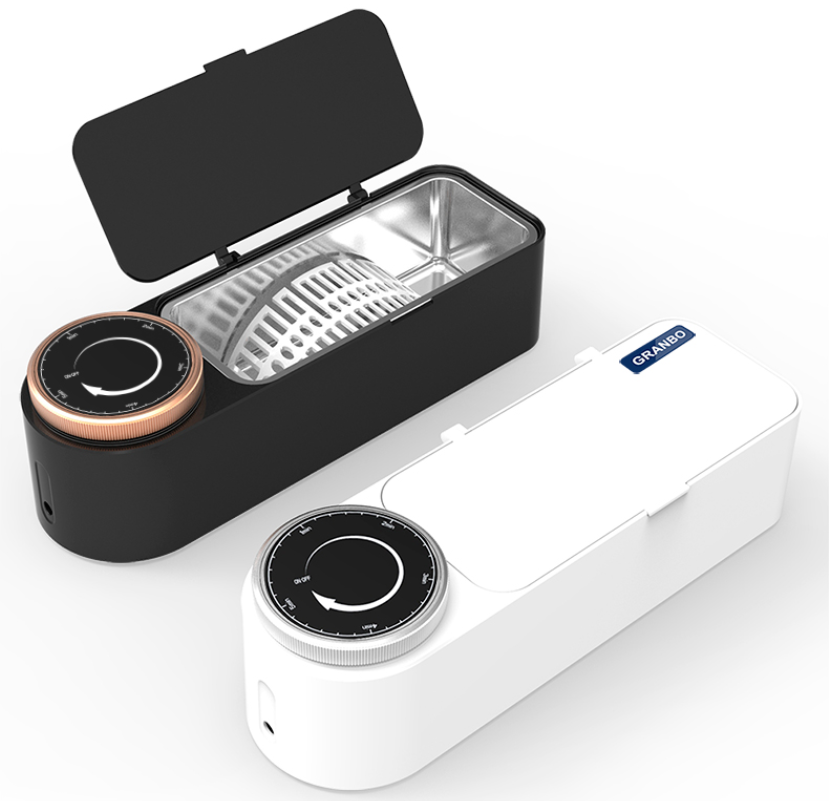The instrument can become fouled after a period of use. Dirt on the machine can cause many errors in the instrument and may lead to experimental failure. Therefore, the instrument must be cleaned regularly during the use of the instrument to ensure the normal use of the instrument. Today I would like to introduce the ultrasonic cleaning method for instruments and meters. I hope this cleaning method can help you.
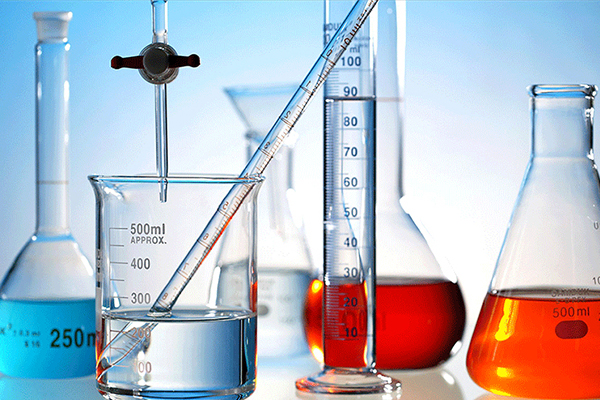
1、The choice of cleaning agent
Cleaning of quartz and glass cuvettes can not be cleaned with strong alkali, because strong alkali will corrode the polished cuvettes. Can only use washing solution or 1% to 2% detergent soak, and then machine wash with ultrasonic cleaning machine (no brush). After cleaning with ultrasonic, need to dry water molecules.
2、the drying of glass and plastic utensils.
Glass and plastic vessels used in biochemical experiments often need to be dried, usually in an oven or dryer at 110 ℃ to 120 ℃, rather than washing with ketone swish and then blow-dry dry, because this will have residual organic matter covering the inner surface of the container, thus interfering with biochemical reactions.
Quantitative glass instruments can not be heated. Generally take control dry or wash with a small amount of alcohol and ether in turn, and then blow dry with warm airflow.
Nitrocellulose plastic centrifuge tube will explode when heated, so it must not be dried in the oven, only with cold air.
Newly purchased glass instruments often have free alkaline substances attached to the surface. Before cleaning with ultrasonic cleaning machine, it needs to be soaked with 1% to 2% hydrochloric acid solution (not less than 4 hours), and then dried after cleaning.

